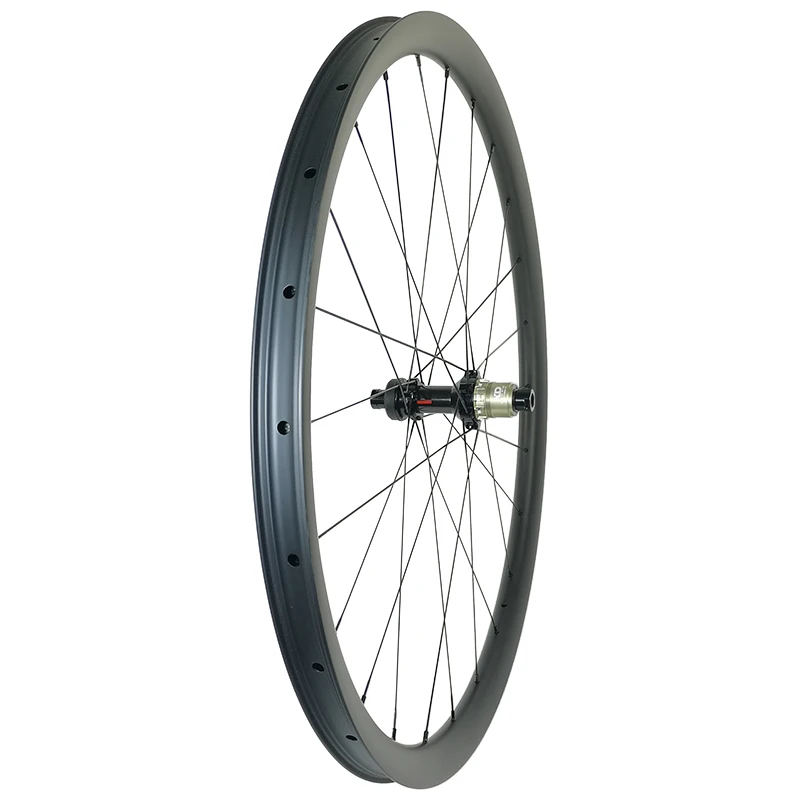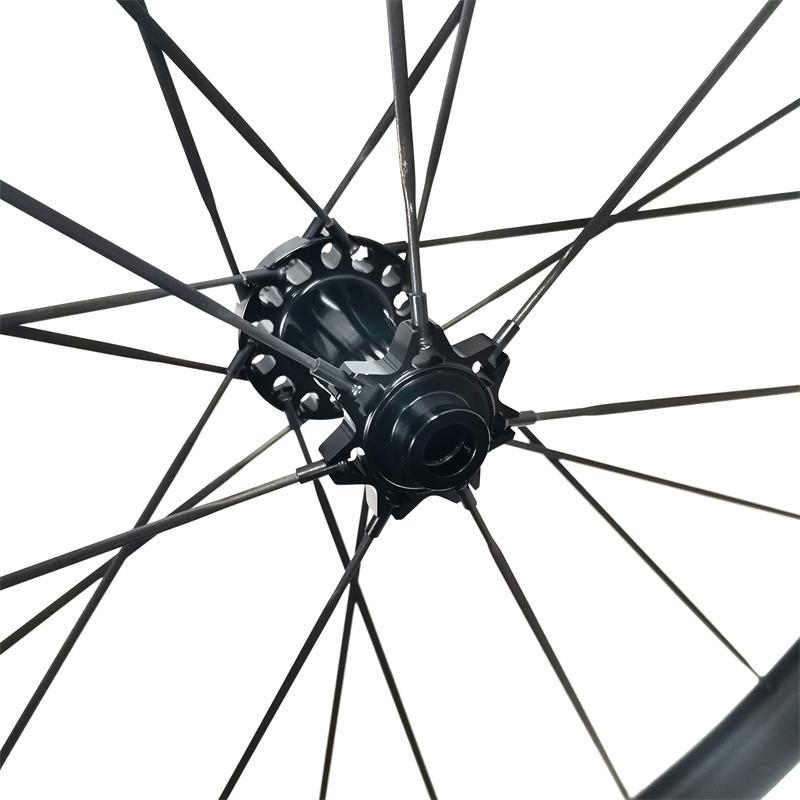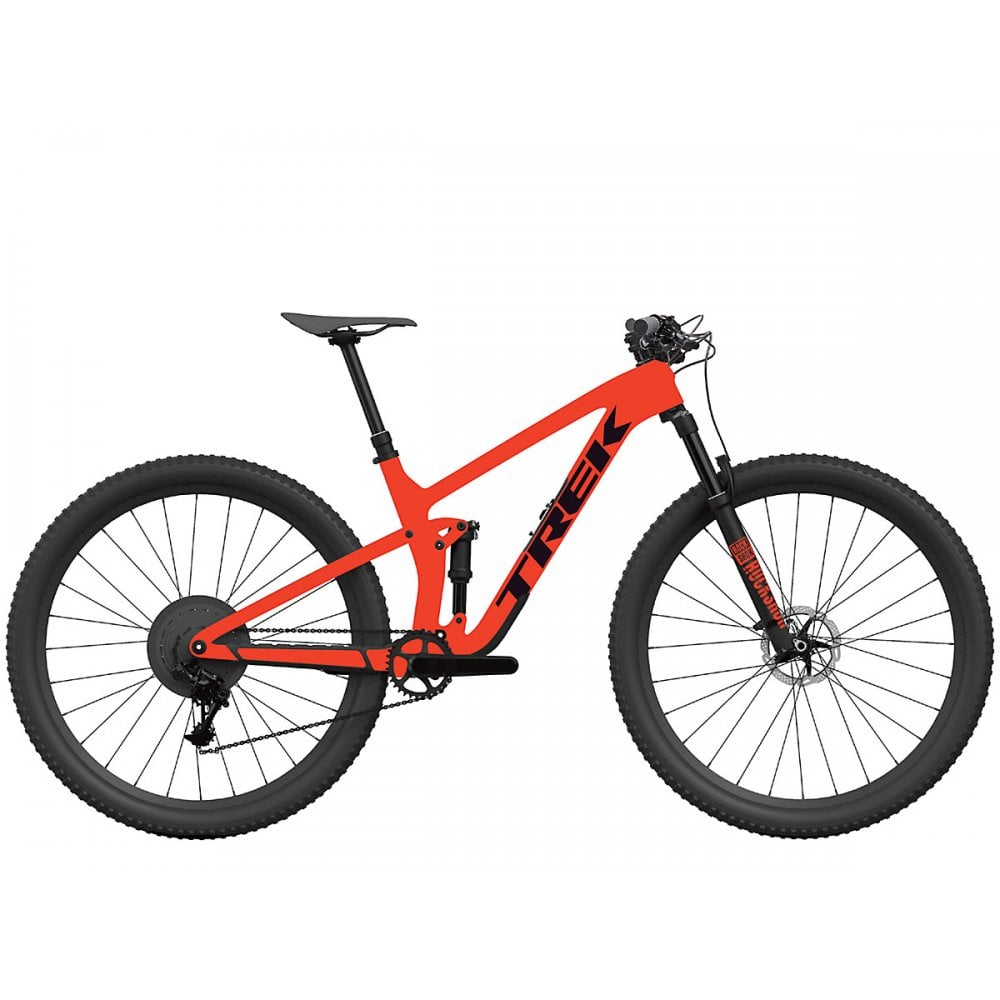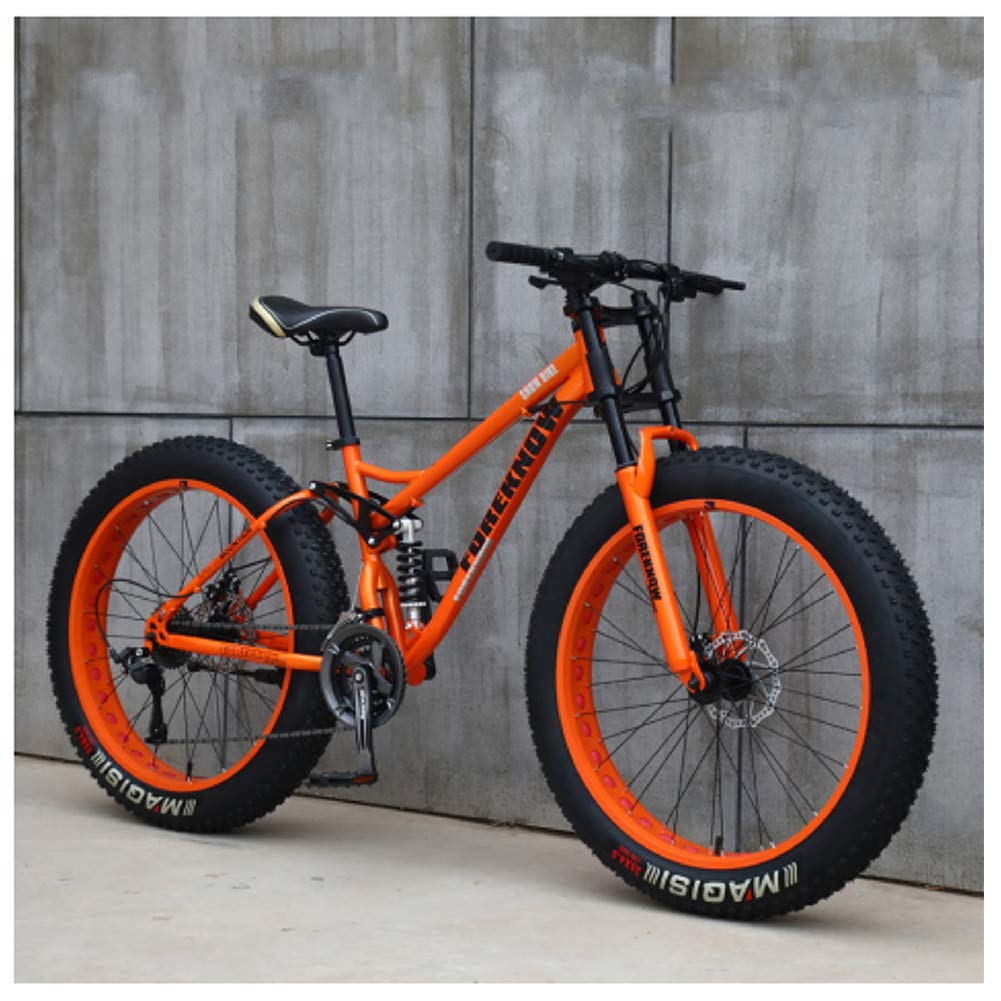I. Introduction

A. What are light bicycle wheels?
Light bicycle wheels are a type of bicycle wheel that are specifically designed to be lightweight. They are often made from materials such as carbon fiber, aluminum, or titanium, which are known for their strong yet lightweight properties. These wheels are typically used in road and performance bikes to improve speed and agility.
B. Benefits of using light bicycle wheels
The main benefit of using light bicycle wheels is the reduction in overall weight of the bike. This can lead to improved acceleration, better climbing performance, and overall increased speed. Lighter wheels also require less effort to spin, which can result in less fatigue for the cyclist during long rides. Additionally, the reduced rotational weight can improve handling and responsiveness, making for a more enjoyable riding experience.
II. Types of Light Bicycle Wheels
A. Carbon fiber wheels
Carbon fiber wheels are known for their lightweight and high strength-to-weight ratio. These wheels are constructed using carbon fiber, which is a very strong and durable material that is also incredibly lightweight. This makes carbon fiber wheels a popular choice for cyclists who are looking to reduce the overall weight of their bike without sacrificing strength and durability.
One of the key advantages of carbon fiber wheels is their stiffness, which can provide a very responsive and efficient ride. They also offer excellent aerodynamic performance, which can be particularly beneficial for road cyclists looking to maximize their speed and efficiency. Additionally, carbon fiber wheels have a high level of vibration damping, which can lead to a smoother and more comfortable ride.
However, it’s important to note that carbon fiber wheels can be quite expensive compared to other types of bicycle wheels. They also require careful handling and maintenance to avoid damage, and they may not be the best choice for cyclists who frequently ride in rough or rugged terrain.
B. Aluminum wheels

Aluminum wheels are another popular choice for cyclists looking for lightweight and durable bicycle wheels. It is a widely used material in the bicycle industry due to its strength, durability, and relatively low cost. Aluminum wheels are also known for their excellent stiffness, which can provide a responsive and efficient ride.
One of the key advantages of aluminum wheels is their affordability, making them a great option for cyclists on a budget. They are also relatively low-maintenance and resistant to rust and corrosion, which can make them a practical choice for riders who regularly encounter wet or muddy conditions.
However, one potential downside of aluminum wheels is their slightly higher weight compared to carbon fiber wheels. This may not be a major concern for many cyclists, but those who are focused on maximizing the overall weight of their bike may prefer the lighter weight of carbon fiber wheels.
C. Titanium wheels
Titanium wheels are considered to be the holy grail of bicycle wheels, offering a unique combination of lightweight, strength, and durability. It is a metal known for its high strength-to-weight ratio, making it an excellent choice for bicycle wheels. Titanium wheels are also highly resistant to corrosion and fatigue, which can contribute to their long-term durability.
One of the key advantages of titanium wheels is their exceptional strength, which can allow them to withstand heavy loads and rough terrain without compromising their performance. They are also known for their excellent vibration damping, which can lead to a smooth and comfortable ride.
On the downside, titanium wheels tend to be the most expensive option among the three types of light bicycle wheels. They also require specialized equipment and expertise to manufacture, which can contribute to their high cost. Additionally, titanium wheels may not offer the same level of aerodynamic performance as carbon fiber wheels, which may be a consideration for some cyclists.
III. Advantages of Light Bicycle Wheels
A. Improved aerodynamics
One of the key benefits of using light bicycle wheels is the improved aerodynamics they offer. The streamlined design and reduced weight of these wheels allow for better airflow around the bike, resulting in decreased drag. This can lead to a noticeable increase in speed and efficiency, especially during flat or rolling terrain.
B. Enhanced acceleration
Light bicycle wheels have the advantage of reducing the rotating mass of the bike, which in turn improves acceleration. With less weight to propel forward, cyclists can experience quicker and more responsive acceleration, making it easier to surge ahead during sprints or when navigating challenging terrain.
C. Increased agility
The reduced weight of light bicycle wheels also contributes to increased agility and maneuverability. Cyclists can enjoy more nimble and responsive handling, especially when cornering or riding through technical sections. This enhanced agility can provide a significant advantage in competitive and demanding riding conditions.
IV. Considerations When Choosing Light Bicycle Wheels
A. Weight
When selecting light bicycle wheels, it’s essential to consider the weight of the wheels. While the primary goal is to reduce overall bike weight, it’s also crucial to strike a balance between weight savings and structural integrity. Opting for overly lightweight wheels that sacrifice durability and strength may not be suitable for all riding conditions.
B. Durability
Durability is a critical factor to consider when choosing light bicycle wheels. The wheels should be able to withstand the rigors of everyday riding as well as any unexpected impacts or rough terrains. For example, carbon fiber wheels, while lightweight and stiff, may be more susceptible to damage from impacts, so it’s important to assess the riding environment and potential hazards.
C. Cost
The cost of light bicycle wheels can vary significantly depending on the materials used and the level of technology and craftsmanship involved in their construction. While high-end, top-of-the-line wheels may offer the best performance, more affordable options can still provide significant weight savings and performance improvements.
V. Maintenance of Light Bicycle Wheels
A. Cleaning and care
Proper maintenance of light bicycle wheels is crucial for ensuring their longevity and performance. Regular cleaning and care can help prevent wear and tear, as well as maintain the wheels’ aesthetics. When cleaning light bicycle wheels, it’s important to use a mild detergent and a soft brush to remove any dirt or debris. Avoid harsh chemicals or abrasives that could damage the wheel’s surface. After cleaning, thoroughly dry the wheels to prevent any moisture-related issues.
B. Proper storage
Storing light bicycle wheels correctly is essential to protect them from damage and maintain their integrity. Ideally, wheels should be stored in a cool, dry place away from direct sunlight and extreme temperatures. If possible, hanging the wheels on hooks or a wheel rack can help prevent any unnecessary pressure on the rims. It’s also advisable to remove the wheels from the bike if they will be stored for an extended period of time to prevent any undue stress on the spokes or hubs.
C. Regular inspections
Regular inspections are crucial for identifying any issues with light bicycle wheels before they lead to significant problems. When inspecting the wheels, pay attention to the condition of the rims, spokes, and hubs. Look for any signs of damage, such as cracks, dents, or loose spokes. Additionally, check for wear on the braking surface for rim brakes or the brake tracks for disc brakes. It’s also important to ensure that the wheels are true, meaning they are not wobbling or out of round, which can affect performance and safety.

